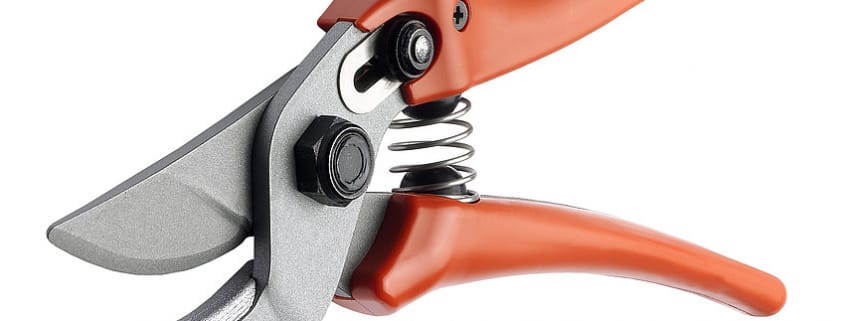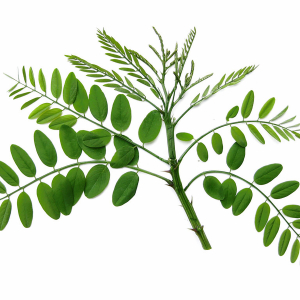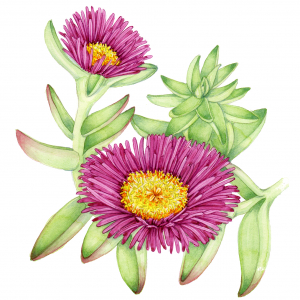The last throes of winter
Keith Mundy
Well here we are with winter nearly over and after some very much appreciated rain it feels like spring is just around the corner. New growth appears on deciduous plants, perennials wake after their enforced winter hibernation, and bulbs pop up everywhere as new life begins.
For those who had the misfortune to have lost their gardens in the fires, now is a great time to commence the restoration of your garden to take advantage of the warmer spring conditions ahead.
Pruning of deciduous fruit trees and roses should be close to being completed. Winter spraying must have been completed and, if not, just check that the buds are showing a slight colour and have not burst. If they have burst, then you have missed the boat and any spraying with a winter spray could burn the blossom, leading to less or no fruit set.
New growth on roses and fruit trees is a delicious target for aphids so keep an eye out for them. Spray with an organic insecticide and this will halt their progress.
The vegetable garden should be getting the finishing touches prior to planting. Initially, dig the garden over to spade depth and spread lime (500g per square metre) all over. Some well-rotted cow or poultry manure can be added and forked in.
Bare-rooted asparagus and rhubarb can still be planted along with bare-rooted or pot-grown strawberries.
When growing vegetables, it is important to practise crop rotation. By this I mean don’t plant the vegetable in the same position as last season. This applies particularly to tomatoes and potatoes as these two groups of plants are in the same family and any pest or disease lying dormant in the soil could cause problems with the new crop this season.
Another trick is to go for quick turnover vegetables that can be picked and replaced regularly, like lettuce, Asian greens, beans and spring onions.
Plant taller vegetables like corn and tomatoes on the side of the garden that makes them less likely to shade the rest of the garden.
For more permanent kitchen crops like herbs, it’s important to remember that there are three main categories of herbs. There are moisture-lovers like mints and coriander, dry garden herbs like parsley, sage, rosemary and the thymes, and the higher-nutrient leafy forms like the perpetual lettuce, spinach and more of the leafy herbs. So group your plantings accordingly.
This month will see the last chance to plant bare-root fruit trees and roses and. as I have said many times. it absolutely critical that you pay particular attention to the condition of the plants you are about to purchase.
Poor storage of plants can allow the root systems to dry out. If this has happened the chance of the plant failing to reshoot is very high. Money ill spent.
Look for plants that show no signs of the bark shrivelling or the roots very dry. If there is any indication of this, leave the plants alone. No matter what the discounted price might be, they will be a failure.
Ensure when planting these new plants, to prepare the soil well and water in.
Anyway, now you have all the information you had better get out and get on with it. Till next time, happy planting.


